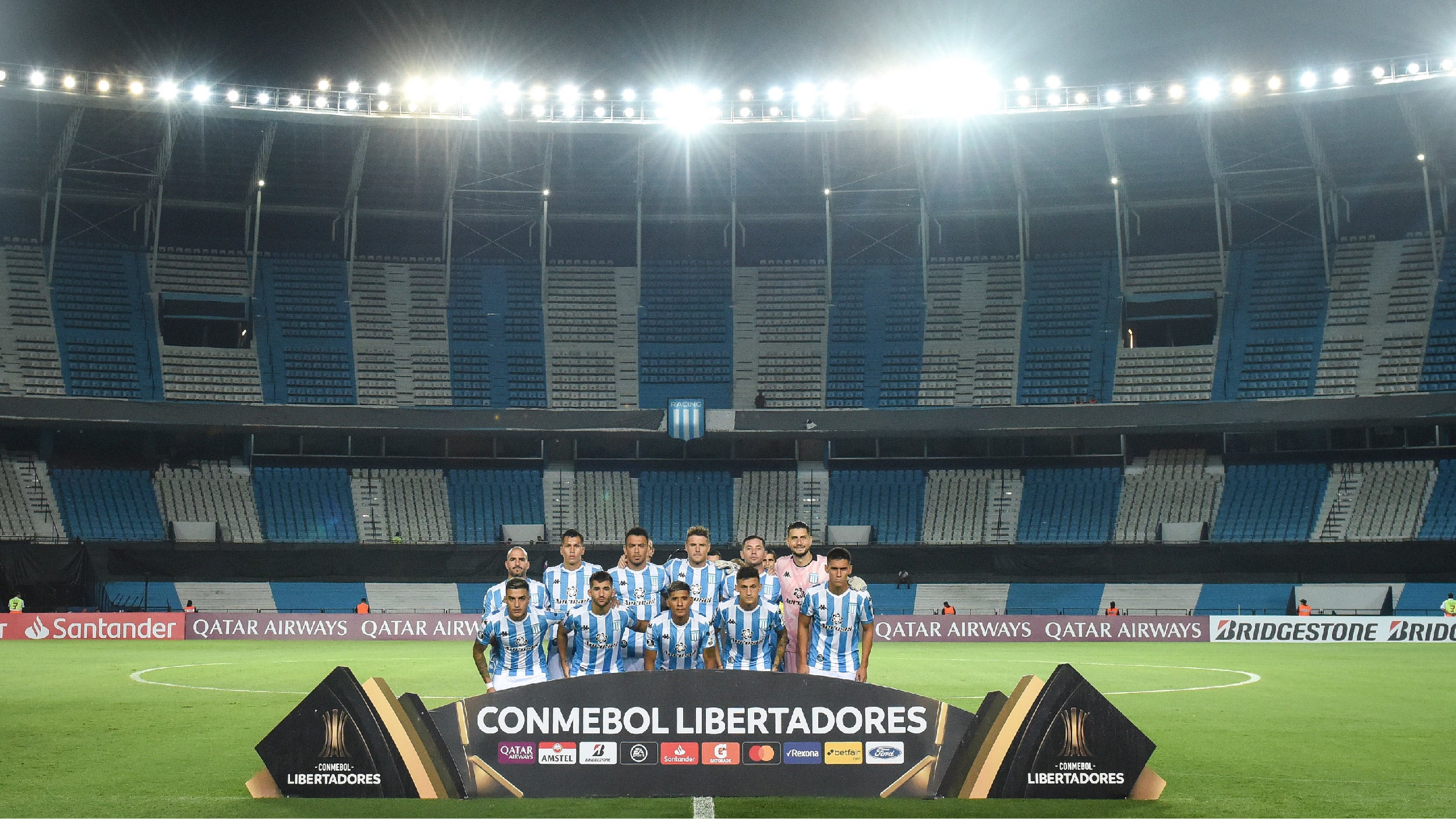COVID-19 and the Reset of Sport
As the world continues to deal with the COVID-19 pandemic, an unanswered question continues to push itself to the forefront of many debates: What will the reset of sport look like?
.@GlobalSportMtrs is LIVE right now with @kenshropshire @HistoryRunner @TraceyLeeHolmes talking about sport and how will it all return. pic.twitter.com/GN5R9BgnoR
— Andrew Ramsammy (@ramsammy) May 1, 2020
Outside of the Chinese Professional Baseball League (CPBL) and the Korean Baseball Organization (KBO), in Taiwan and South Korea respectively resuming play in May, the rest of the sports world looks to find answers.
The recent Global Sport Matters Live: COVID-19 and The Reset of Sport panel looked ahead to try and envision what the reset of sport could look like.
The panel included:
Tracey Holmes, Australian journalist and presenter on ABC News Radio.
Howard Bryant, American author, sports journalist and radio and television personality.
Victoria Jackson, Arizona State University clinical assistant professor of history, specializing in sport.
Kenneth Shropshire, CEO of the Global Sport Institute at Arizona State University.
“There’s a really good question taking place here (during quarantine), it’s starting to dominate,” Bryant said. “The idea of ‘effect vs damage.’ Right now we are feeling the effect of COVID-19 but we have yet to really see the damage of COVID-19.
“What restaurants don’t come back? What sports don’t come back? What percentage of fans don’t come back? What are the layoffs? How many of our jobs don’t come back? When (companies) lay off, they don’t rehire in the same capacity.”
“This pause button gives us an opportunity to think strategically about the decisions we make and we are protecting and prioritizing those who are the most vulnerable in this moment,” Jackson said. “We have to make good business decisions, but we can also do it in a way that is inclusive and thinking about people who have tried so hard getting a foot in the door and getting their sports promoted.”
We must not allow organizations to deem men's sports essential and women's expendable. And women and allies around the world will need to work harder than ever to pressure organizations to continue to invest, support, and promote girls' and women's sports.
— Victoria Jackson (@HistoryRunner) May 2, 2020
Bryant also pointed out the push to reopen the economy and return to normal. The groups most impacted by COVID-19 are the poor and minorities, Howard said, so there is suddenly an immense pressure to come back because the most affected are the most vulnerable.
“There are plenty of conversations to be had in terms of how this story has shifted,” Bryant said. “Once we saw who was being mostly affected by COVID-19, there was this movement to say ‘Hey we can come back now’ because the most vulnerable amongst us are being affected and others aren’t.”
#ASU global panel: Money, anxiety driving push for return of sports @GlobalSportASU @HistoryRunner @hbryant @traceyleeholmes @kenshropshire https://t.co/PFPowiQjOL via @azcentral
— jeffmetcalfe (@jeffmetcalfe) May 2, 2020
A big “if” in the world of sports lies with the major universities allowing students back on campus for the 2020 fall semester. Texas has plans for state schools to have students on campus for the fall, as do the University of Oregon and Arizona State University.
Many other schools have yet to make a decision.
“I think the college side of (returning to sports) is more important than professional sports,” Bryant said. “We are speaking about colleges and universities right now, I have some friends over here (in Massachusetts) who work at Boston University and Boston College, and some of them are saying they aren’t expecting students back on campus until 2021.
“If that’s the case, how can you expect a student-athlete to perform when his classmates aren’t going to class? What does that do to the question of amateurism? Doesn't that undermine the entire question of amateurism? That makes them employees to me, especially if you are taking the Mike Gundy position that we need to get college sports back to help economies.”
Jackson, a former college athlete herself, put it in further perspective.
“Well, the majority of these conversations are about the Power Five (schools), and the Power Five are predominantly white institutions and the rosters of these college football teams are majority black,” she said. “Not to make it about this, but it’s really revealing the purpose of this and the entertainment purpose of these students on campus.
“It’s revealing the myth of amateurism and how we see these lives (of the athletes) as different from other lives on campus.”
It raises another question: How essential is the business of sports?
“We always would say that sports relied on the illusion that it was important. “It’s important for my team to win,’” Bryant said. “Now you start looking at it in terms of essential from another perspective, the economist's perspective. You start looking at the dollar amounts, especially these publicly financed stadiums that the states need the revenue to keep moving forward.
“As much as we talk about essential and non-essential, it took sport and celebrity that got people moving on this, where people really took their cues. It’s also going to be sport and celebrity to give these people their cues it's good to go outside.
“If we conclude that sport is driving the reopening of the economy because the finances looks terrible, that is sending a terrible message to the lower levels, to high school and college, that your health is secondary to what revenues you generate for us.”
The next Global Sport Matters Live conversation is scheduled for Friday, May 15th and will focus on the impact on sport in Native American communities.
TJ Mathewson is a senior sports journalism student at Arizona State University.
Monthly Issue
COVID-19 & Sport
COVID-19 is the rival no one in sport could game plan for. As many live events remain at a standstill and the world keeps adapting, how is sport resetting upon its staggered returns?


